
Spain is a country that will never get old no matter how many times I travel to it. Having lived in its vibrant southern city of Sevilla some years ago, it is a country that I will forever hold dear in my heart. During my recent return, I was led to a rediscovery of what exactly makes Spain so special. It is a country with a love of wine, gastronomic prowess, amazing landscapes, and an innate ability to make life a colorful fiesta. Spain has passion and personality and that’s the best way to describe their wines.
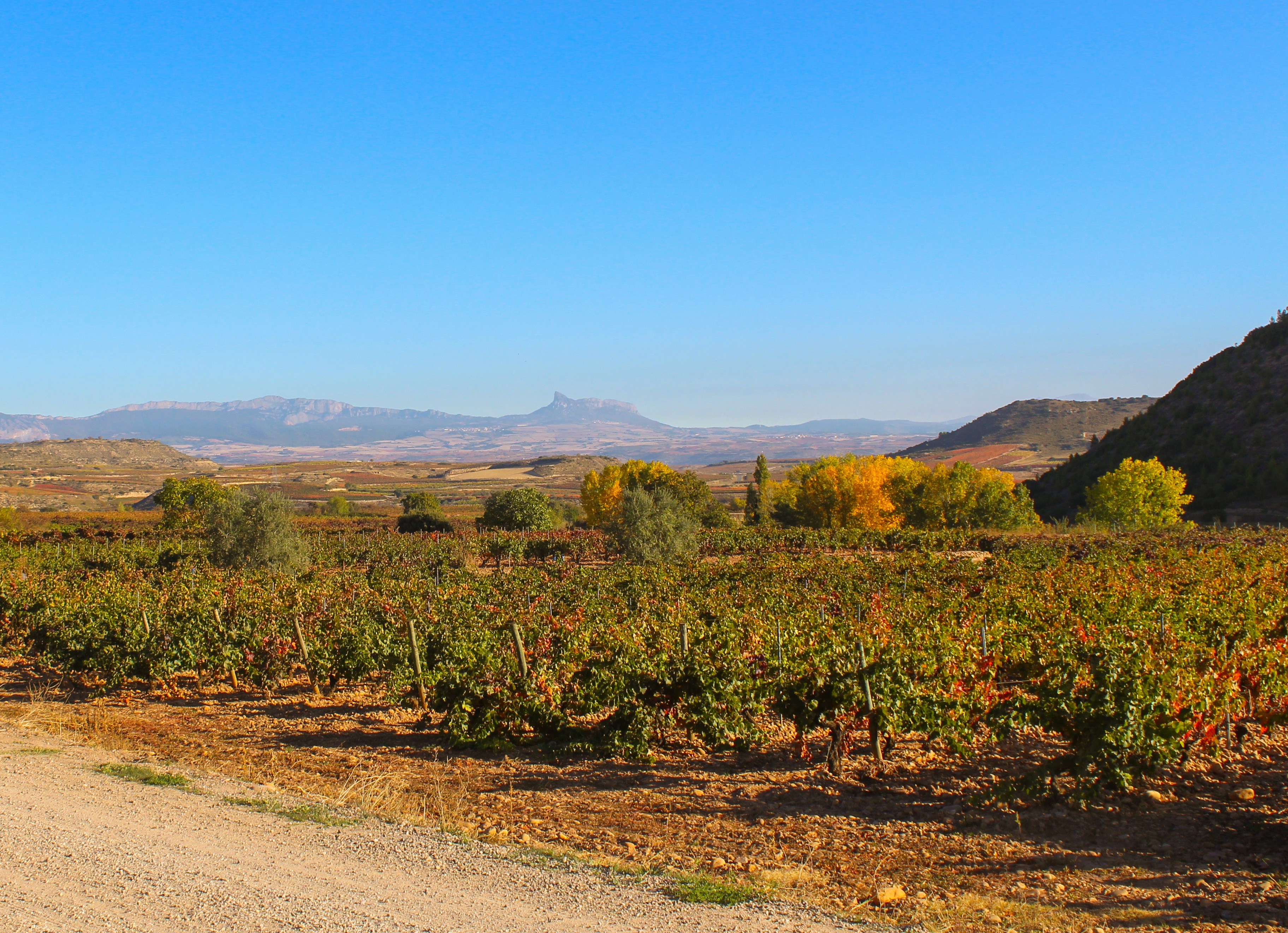
La Rioja, located in the remote corner of northern Spain, is the country’s oldest and most distinguished wine region. It is the motherland of Tempranillo, an indigenous grape varietal known for its aging potential and early ripening capabilities. Nestled between two mountain ranges, Rioja is a hub blessed by the cooling effects of the Atlantic and the warming influences of the Mediterranean. Geographically gifted, Rioja produces some of the most diverse and interestingly complex wines of the old world.
During a midweek retreat, I became reacquainted with fabulous ‘vino tinto’ at some stellar bodegas in the heart of Rioja.
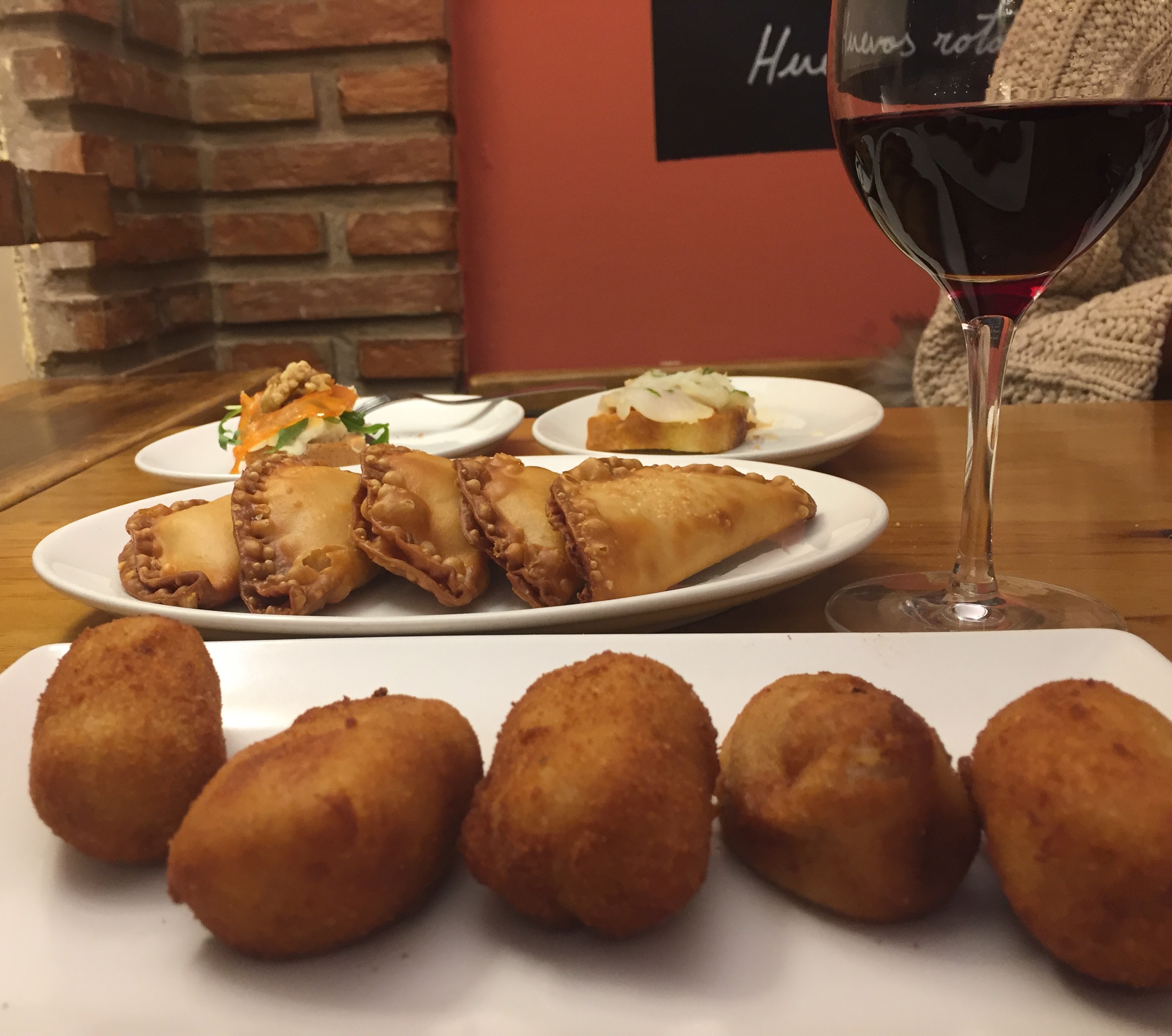
Tapas bar crawl in Logroño
Bodegas Heras Cordón:
After an early morning rise, we drove along the Rioja Alavesa Wine Route where I immediately noticed the distinct interplay of Spanish traditionalism and modern mastery. Medieval villages dotted the horizon in the distance, contrasting avant-garde sculptures rising from the roadside. For a wine region as ancient as the Romans, this combination of old and new was an amusing affair.
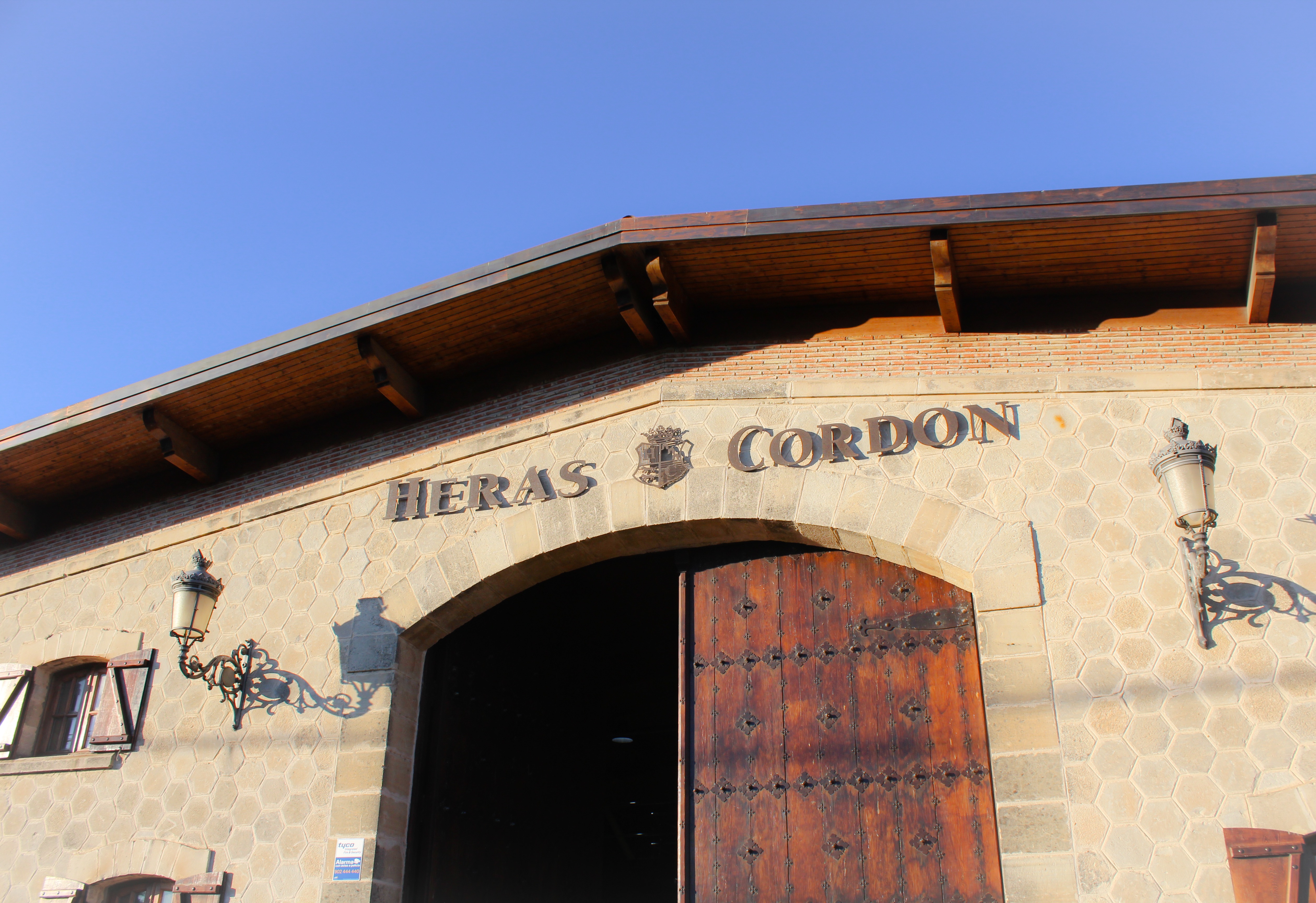
We arrived at 10 a.m. and while my day just started, the winery of Heras Cordón was already humming with activity. Just inside the entrance of the bodega was an assembly line of workers bottling and packaging wine for shipment. Following the lead of our wine educator, Álvaro, we descended a spiral staircase to reach the tank and barrel room below. Here, we discussed the hierarchy of Spanish wines: crianza, reserva, and gran reserva.
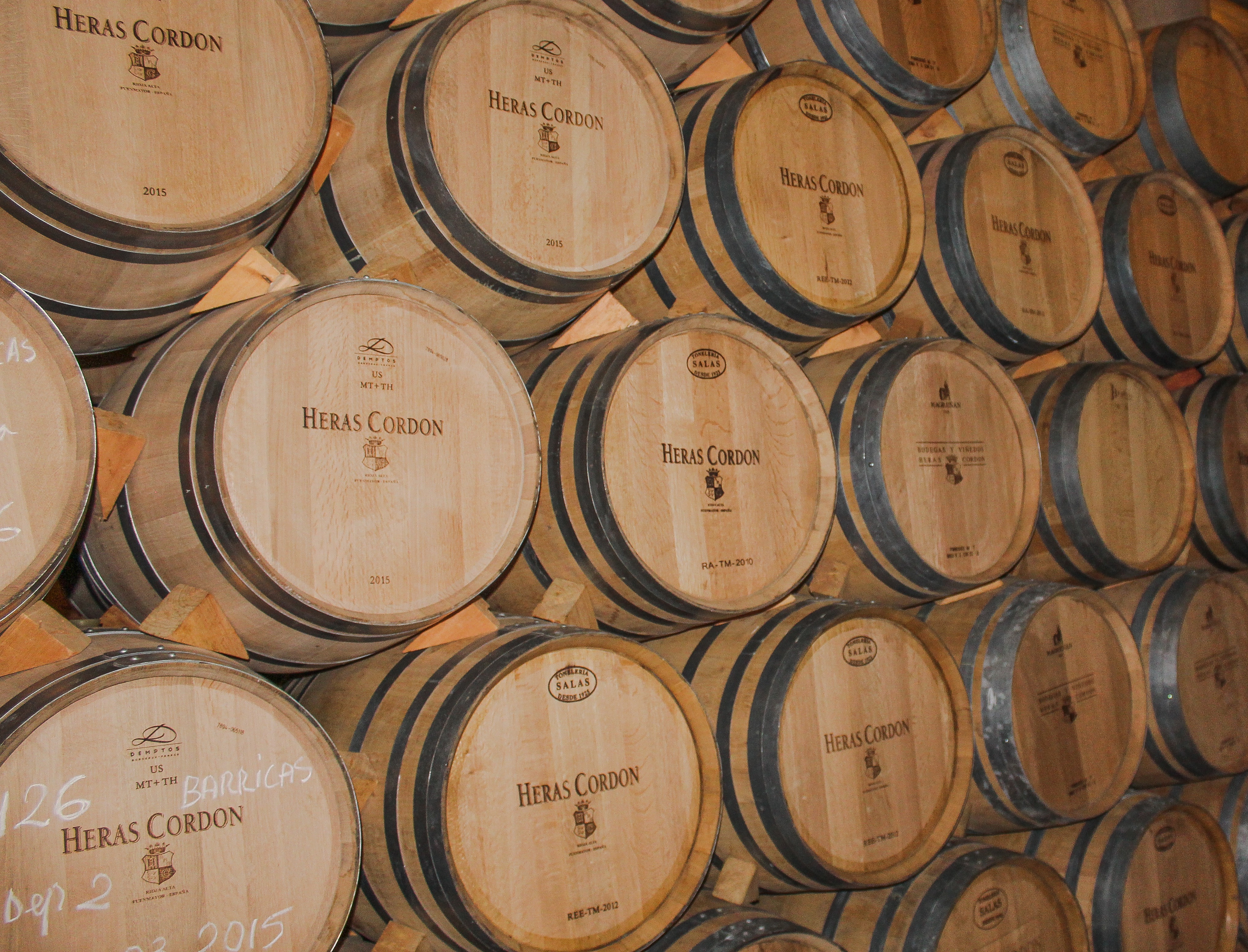
Spanish wine laws dictate the minimum aging time a Rioja requires. Yet, in most cases bodegas opt to age their wines much longer than the requirement. A crianza wine is the youngest on the Rioja scale with a minimum aging period of two years, one being in oak. These are easy-drinking wines with hints of ripe red fruit. Reservas are a little more complex having been aged for at least three years and exhibit flavors of leather and dark black fruit. Lastly, gran reservas are very exceptional wines that have been aged for at least five years, two in oak and three in the bottle. These wines are sophisticated, velvety, and rare to find.
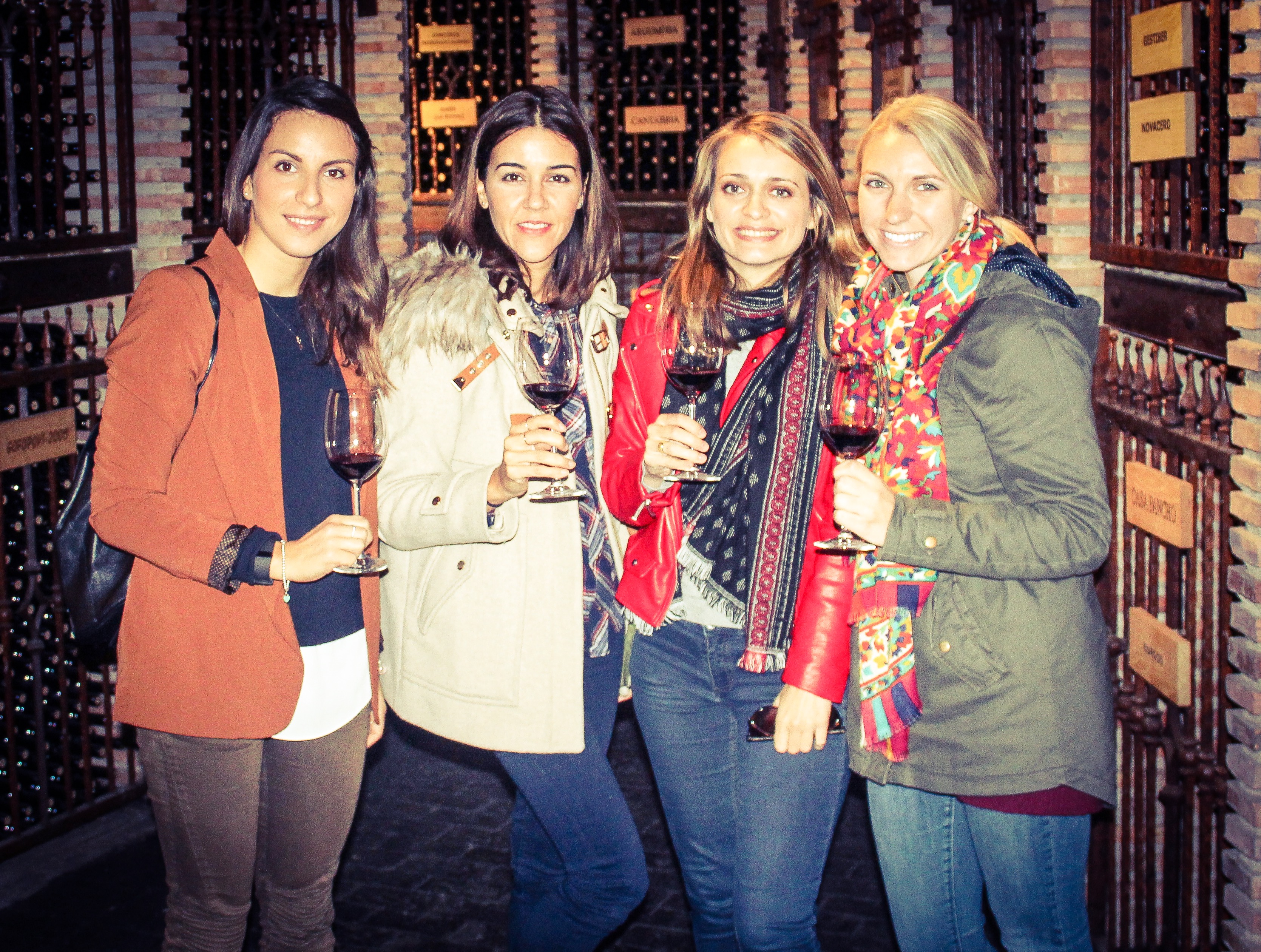
We were led to the underground wine cellar where a bottle of Select Vendimia 2013 and Reserva 2011 were waiting for us. The cellar was damp and dimly lit but I enjoyed the ambiance. Holding my glass up to candle light, I noticed the dark cherry coloring and intense layering of the wines. Each had a unique character, but I preferred the Reserva, which had a pronounced aroma of toffee and flavors of black currant and nutmeg in the mouth.
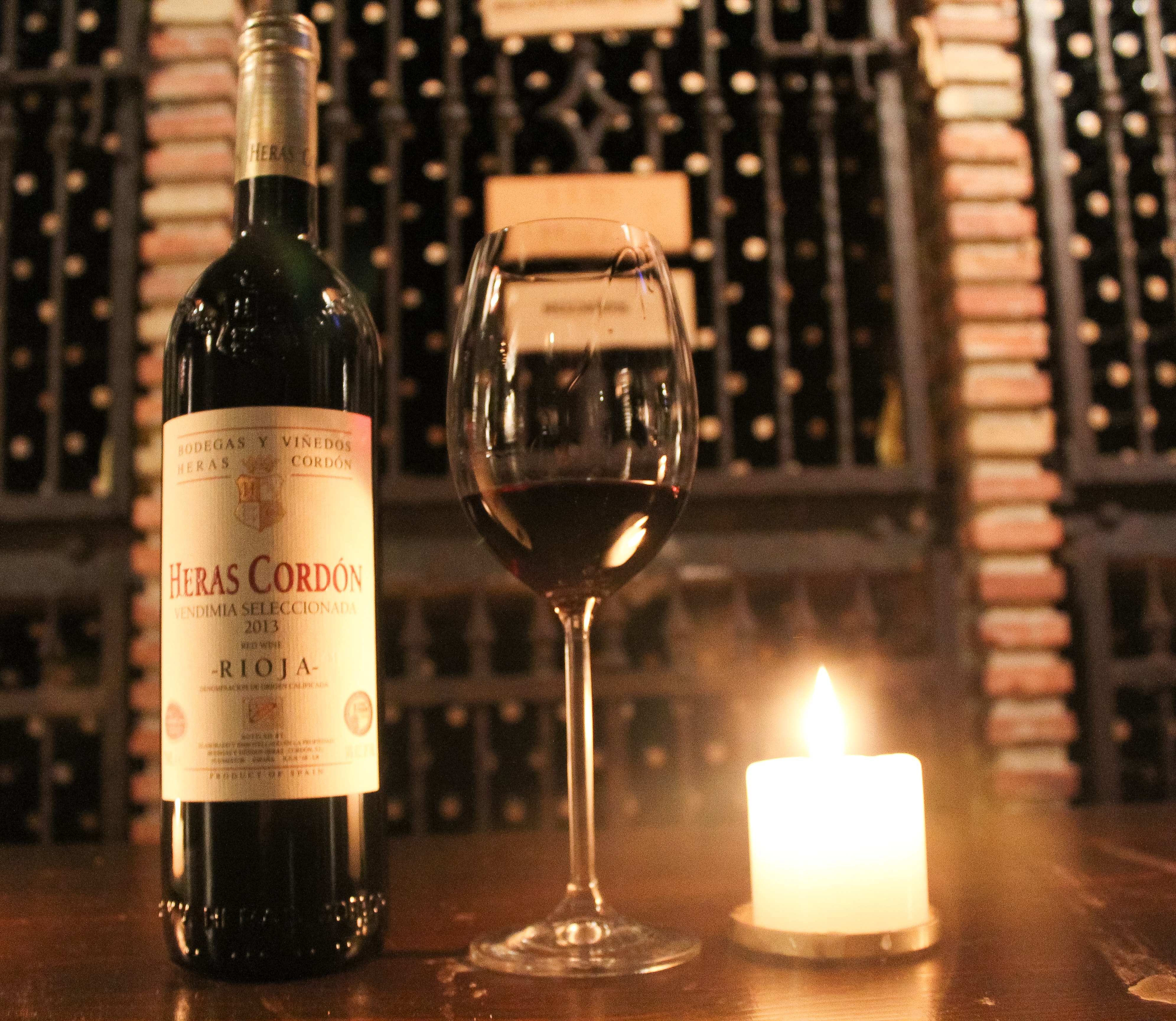
Bodegas Marqués de Riscal:
The highlight of my trip was my visit to one of the oldest bodegas in Rioja. Considering the bodega’s history, you can understand my surprise when I walked up to this ultra-contemporary building featuring a titanium roof and asymmetric walls. Remodeled in 2006, this posh building now operates as a luxury hotel, attracting many newcomers to the La Rioja province. Frank Gehry is the architectural genius behind this creation, world-famous for his design of the Guggenheim Museum in Bilbao. With Rioja as his inspiration, Gehry used metallic ribbons of pink to symbolize the shades of wine, silver to represent the cork, and gold alluding to the decorative mesh that encompasses all Marqués de Riscal wine bottles.
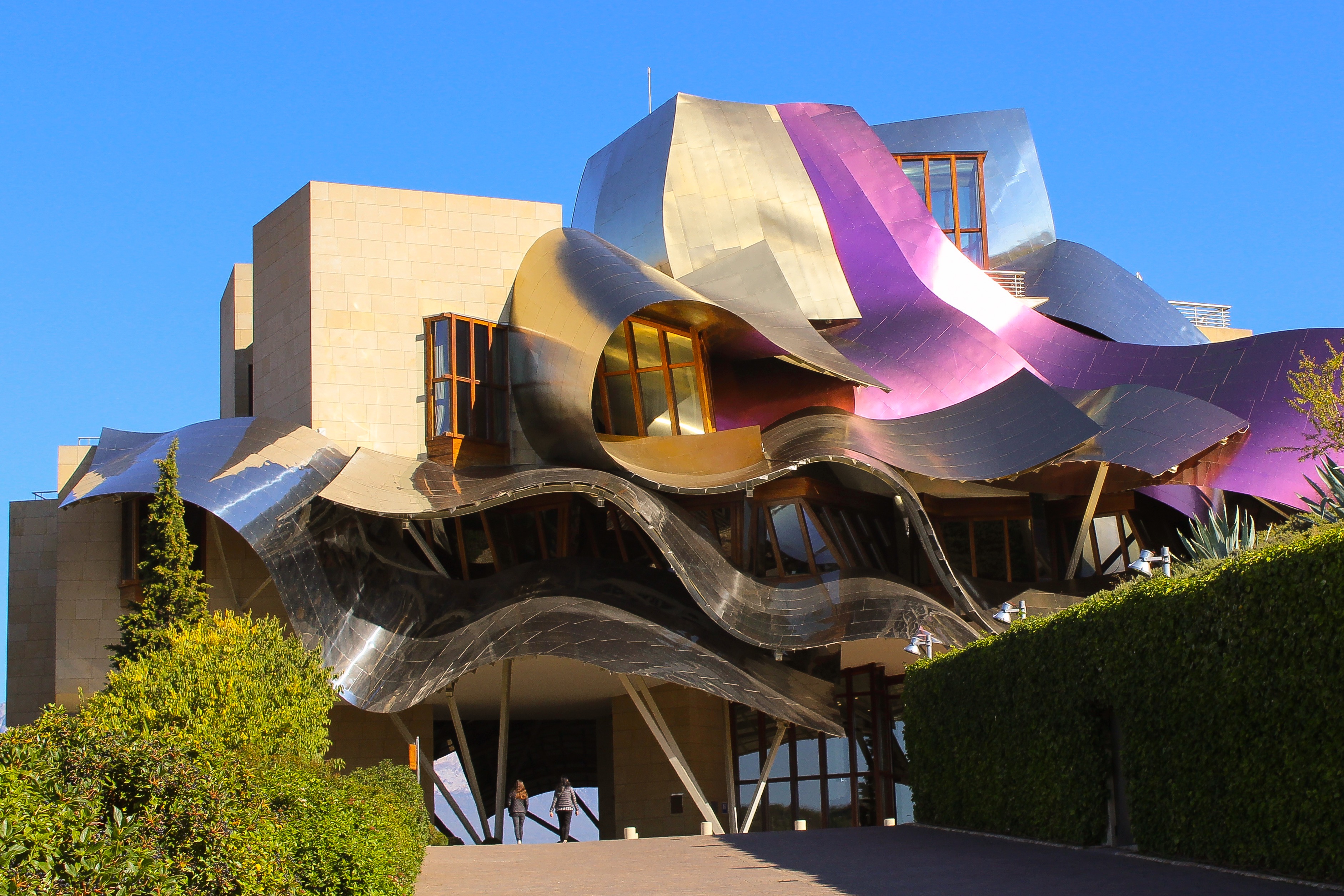
Harvest is my favorite time of year to visit a winery because of all the commotion and excitement going on. The vineyards are a scene of color, showing hues of vivid reds and golds.
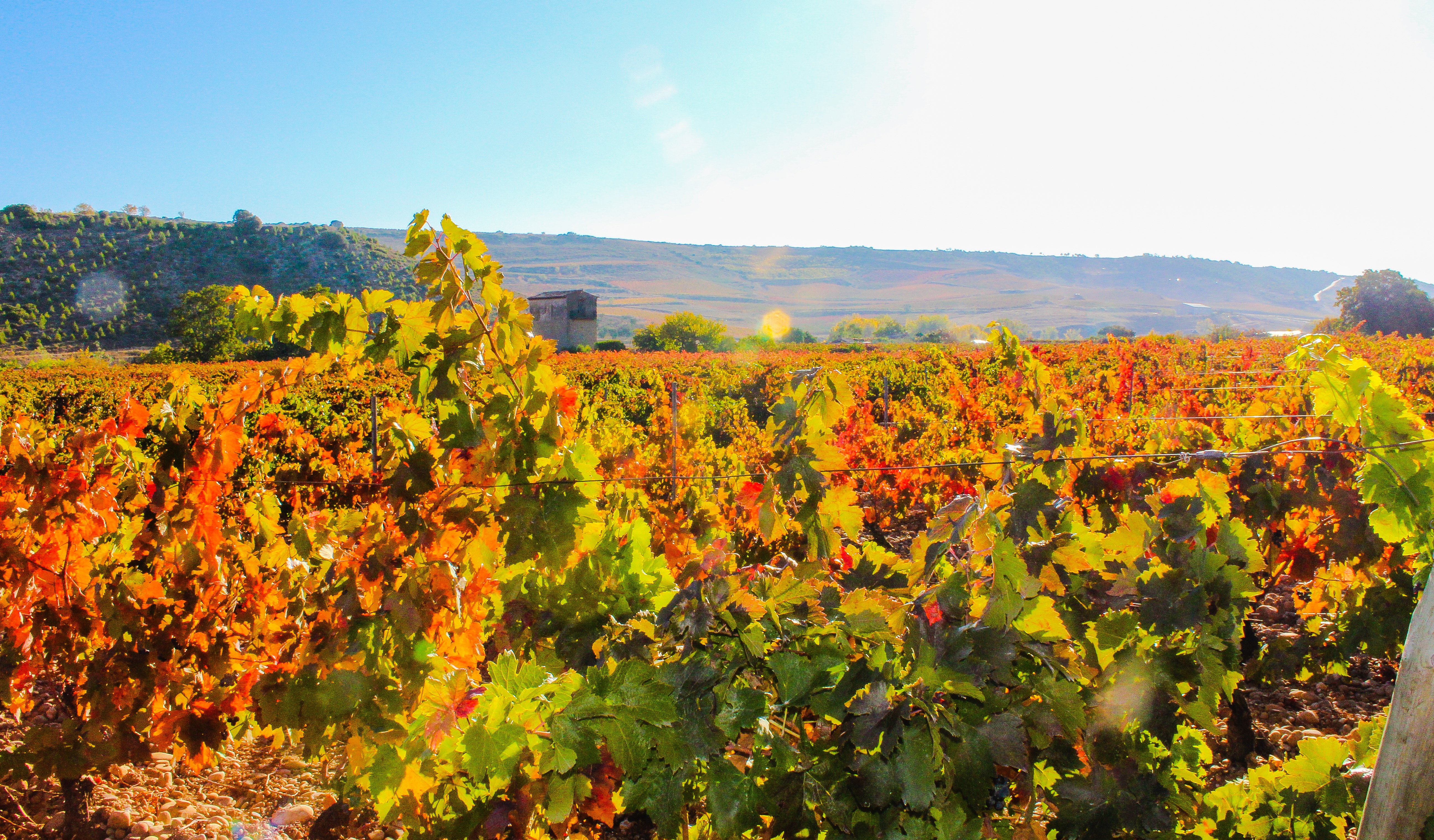
From the vineyards, our tour moved to the wine cellar, called “La Catedral.” Exploring century-old barrel rooms was a trip back in time. Despite the winery’s innovative face lift, it was amazing to see its historical roots were still present.
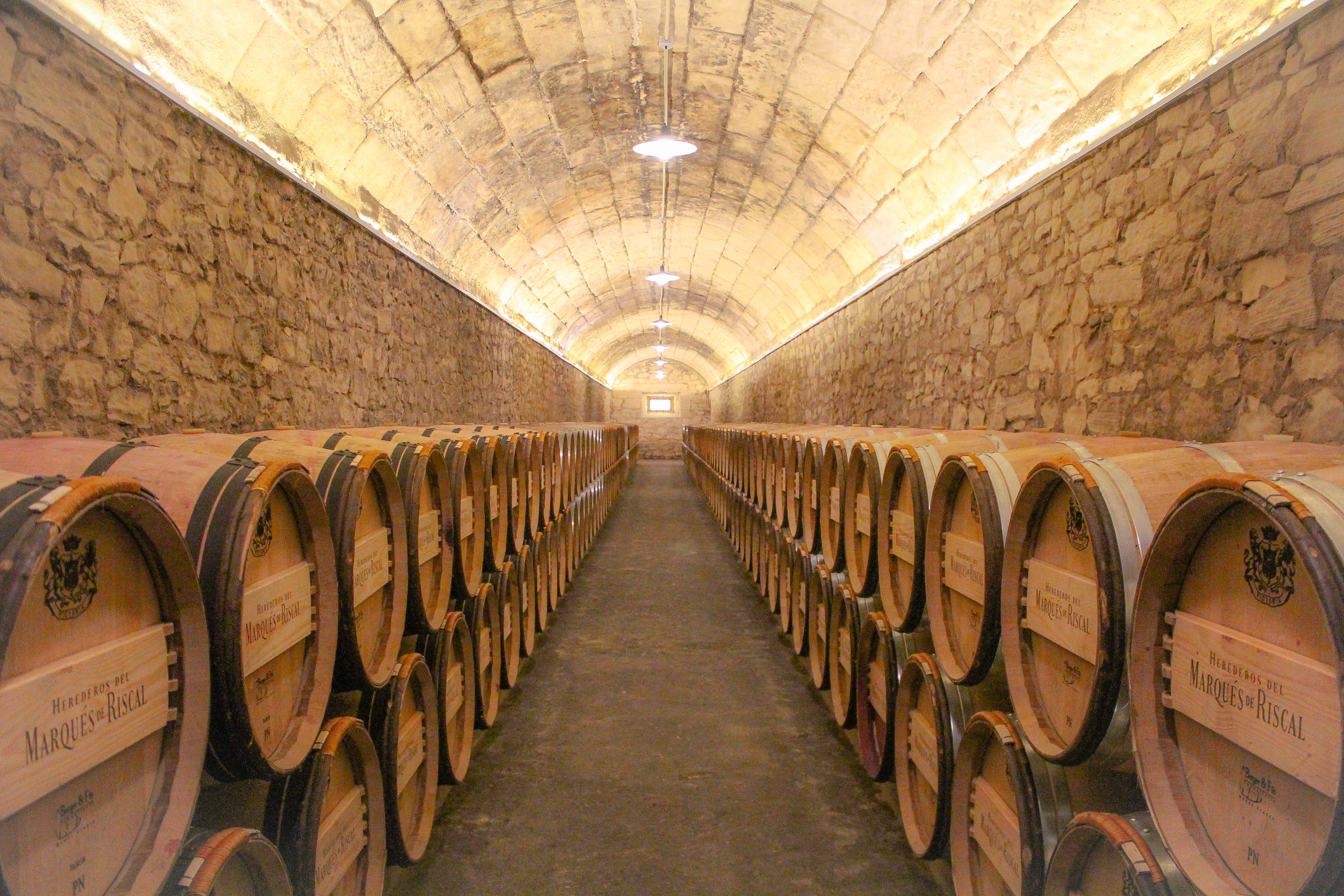
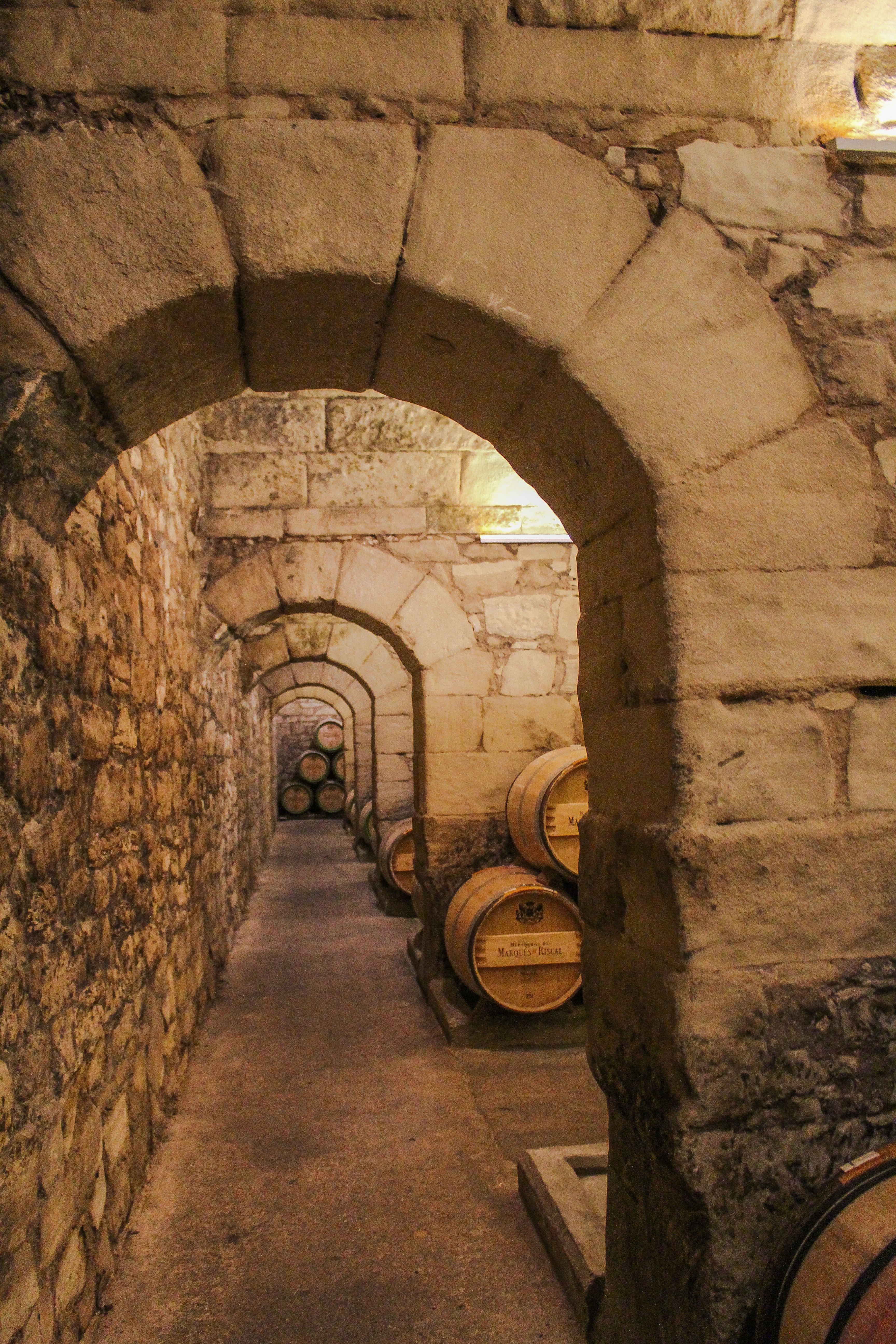
The tour concluded with a tasting of the 2015 Rueda Verdejo and 2012 Marqués de Riscal Reserva. The white, produced in the Rueda region, was light, citrusy, and crisp. The red was a classic example of a Rioja Reserva: smooth, well rounded, and supple. Both wines were very enjoyable on their own, but would make great food pairings as well.
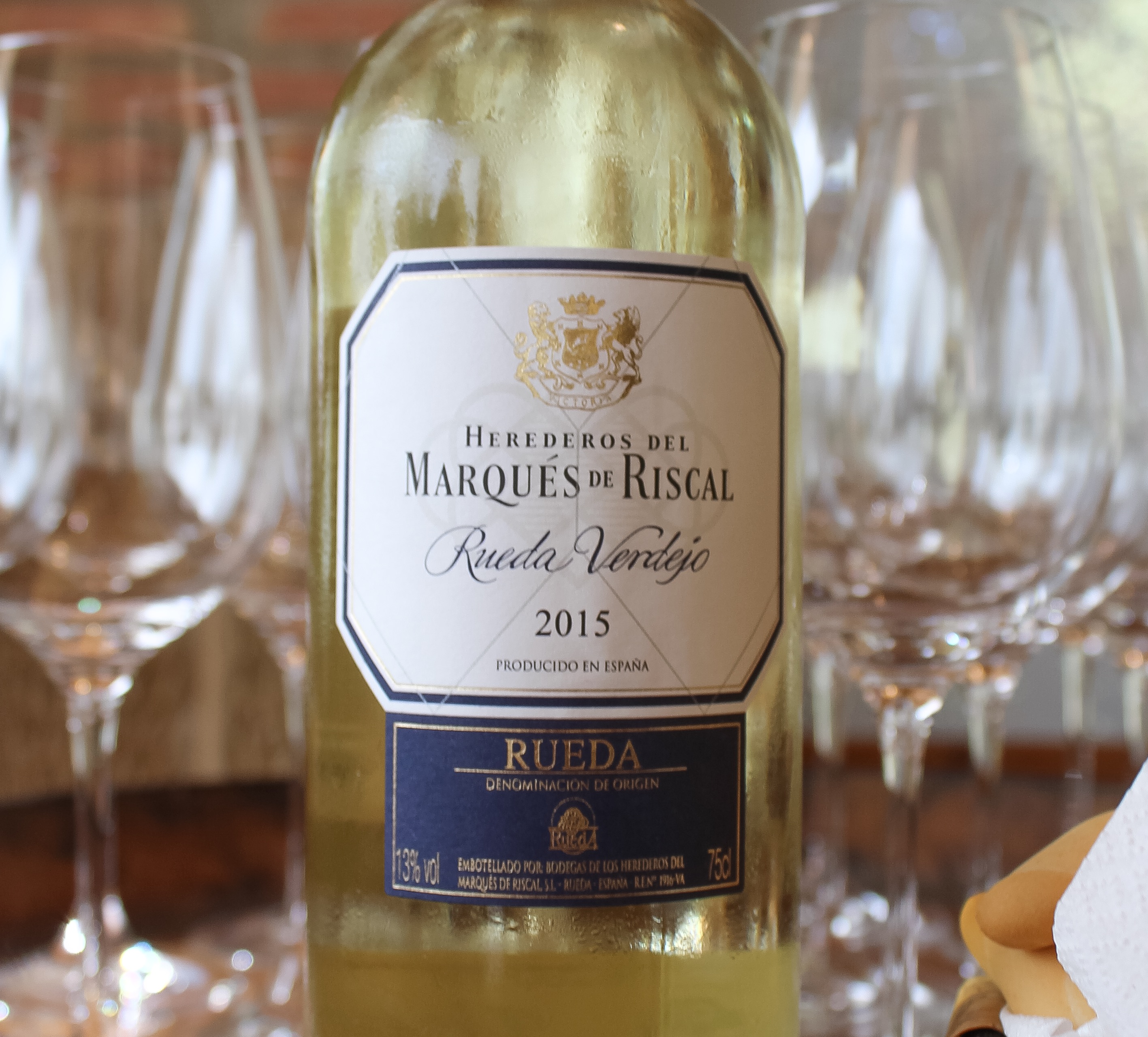
If you are a lover of natural beauty or architecture, history or modernity, red wine or white, then Marqués de Riscal is definitely a MUST SEE!
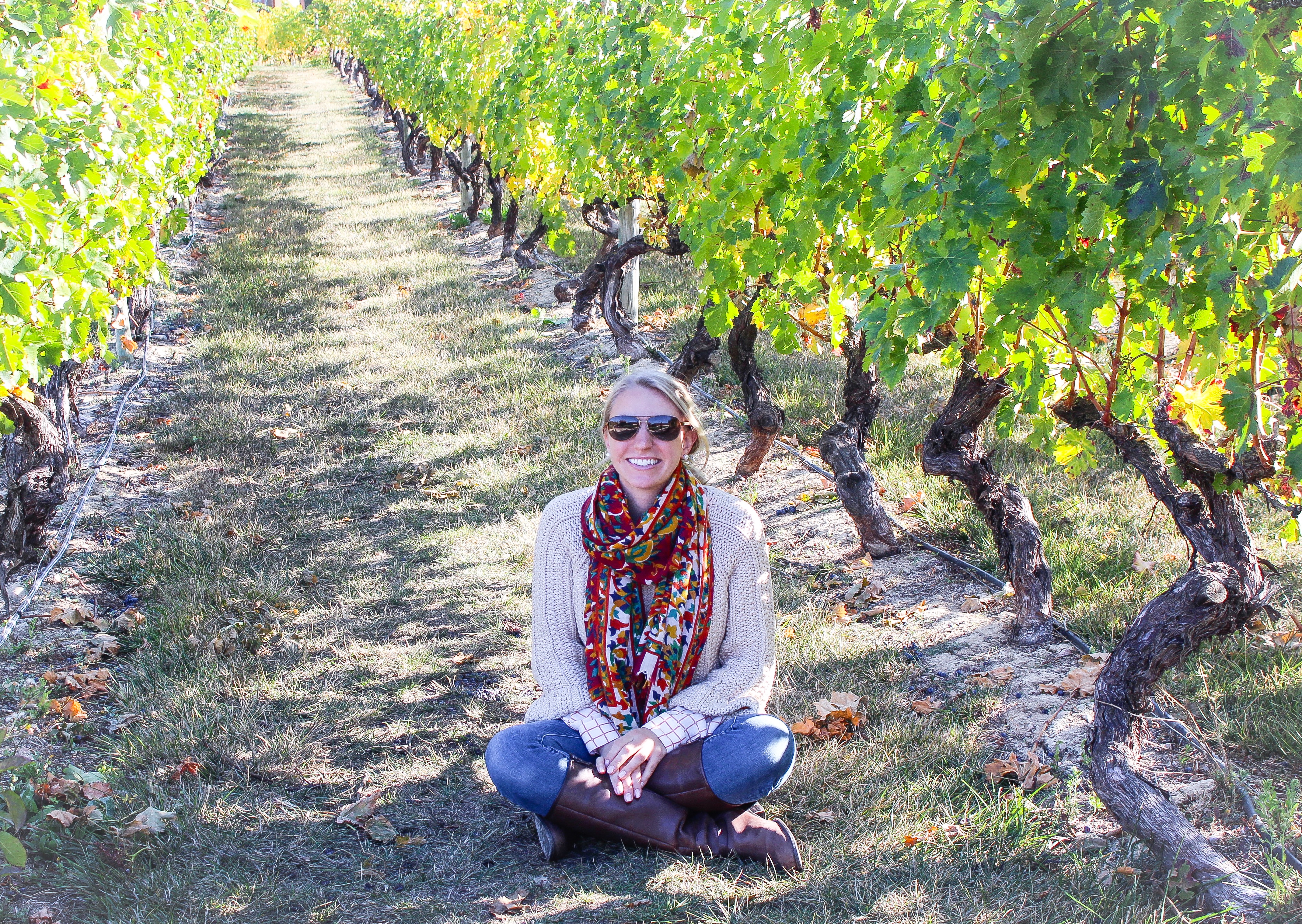
Spain will never cease to bewilder me and I cannot wait until my next voyage to this timeless country.
Comments Off on Inside Spain’s La Rioja